THE ANGRY BLACK GIRL AND HER MONSTER (2023)
When a brilliant teenage girl’s brother is killed, she tries to bring him back to life...
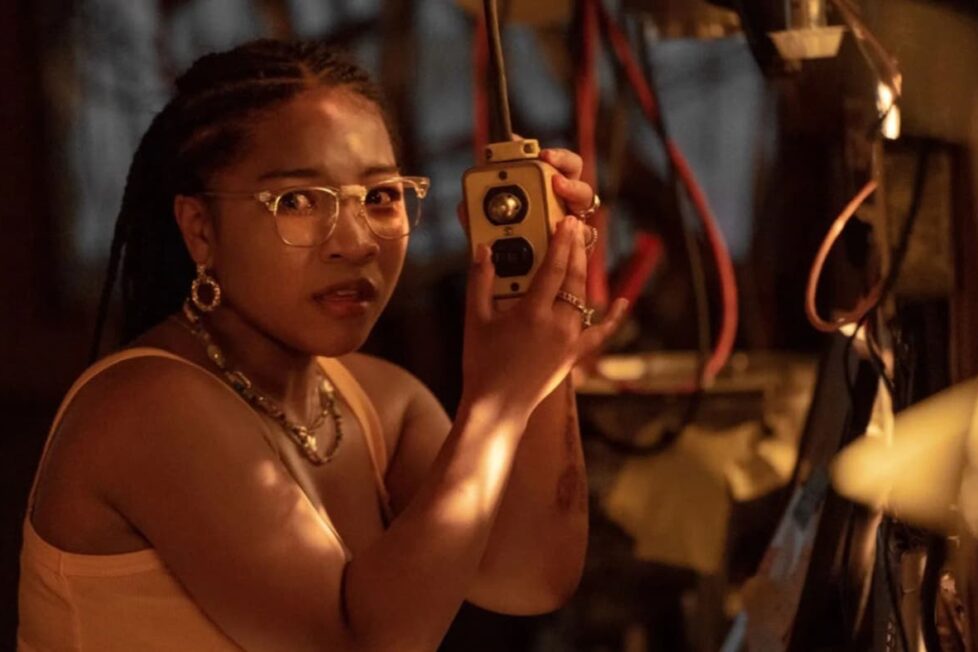
When a brilliant teenage girl’s brother is killed, she tries to bring him back to life...


Just over half a century ago, in August 1973, the voracious blaxploitation machine turned its attention to Mary Shelley’s Frankenstein… and the result was Blackenstein (1973). Fortunately, The Angry Black Girl and Her Monster—the debut feature of writer-director Bomani J. Story—has nothing obviously in common with that movie beyond a nearly all-Black cast and loose inspiration from Shelley’s novel, acknowledged by its alternative title The Modern Prometheus being scrawled on the cover of the protagonist’s notebook.
Instead, this is a movie brimming with serious ideas (sometimes a bit too many) that’s strikingly well-shot for a presumably low-budget project, and it’s well-directed too.
Produced by Crypt TV (as its first feature-length English-language film following the 2021 Hindi movie Chhorii), but distributed by Shudder, The Angry Black Girl and Her Monster (hereafter Angry Black Girl) begins with an overhead view of the titular girl walking up to the body of a boy, lying on the ground. After a few moments she walks away… and then, from outside the frame, drags him off-screen.
The fabulistic tendencies of Story’s movie are already evident in the way this brief scene is shot, but it also gets straight down to the business of the storyline. The teenage girl is Vicaria (Laya DeLeon Hayes), living in an unnamed US city (the film was shot in Charlotte, North Carolina); the dead boy is her brother Chris (Edem Atsu-Swanzy); and she plans to fix things, not by avenging his murder but by bringing him back to life.
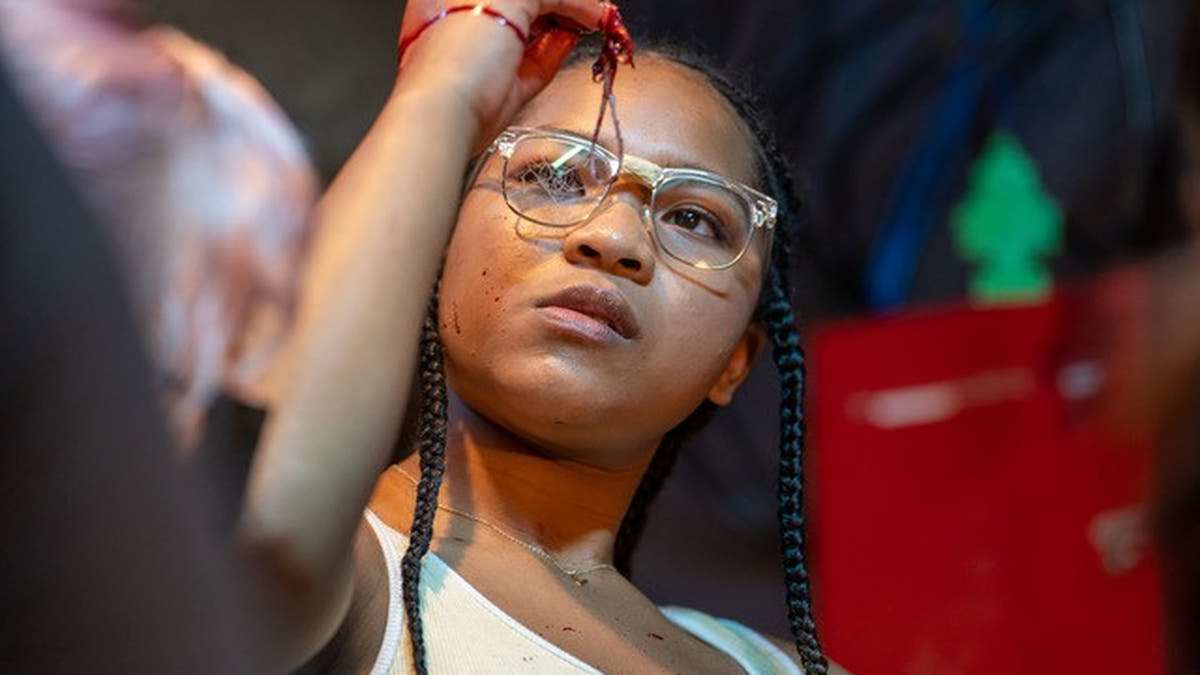
“Death is the disease that broke my family,” she says (not, as one might expect, anything as specific as violence, deprivation, or drugs), and if death is a disease “then there’s a cure. And I’m going to find it.”
Exactly how she achieves this isn’t explained, though it seems to involve a great deal of electricity (as in Frankenstein) and, in Chris’s case, some operations (seen only obliquely in gruesome, fleshy close-up) to restore his decaying corpse. She has, it emerges, been stealing bodies for a while (of which this gang-ridden, police-terrorised neighbourhood has a good supply) and taking them to her secret lab in a condemned building. It’s a kind of mad scientist version of the den that might feature in a movie about a more ordinary teen.
Vicaria has also been irritating her (white) teacher, a deeply unlikeable woman called Mrs Kempe (Beth Felice)—whose given name is surely Karen—with wild theories about overcoming death. But nobody seems to have yet figured out that Vicaria is what the locals are calling the “body snatcher”; nor, when her attempt to revivify Chris is successful, do they at first realise quite who or what he is.
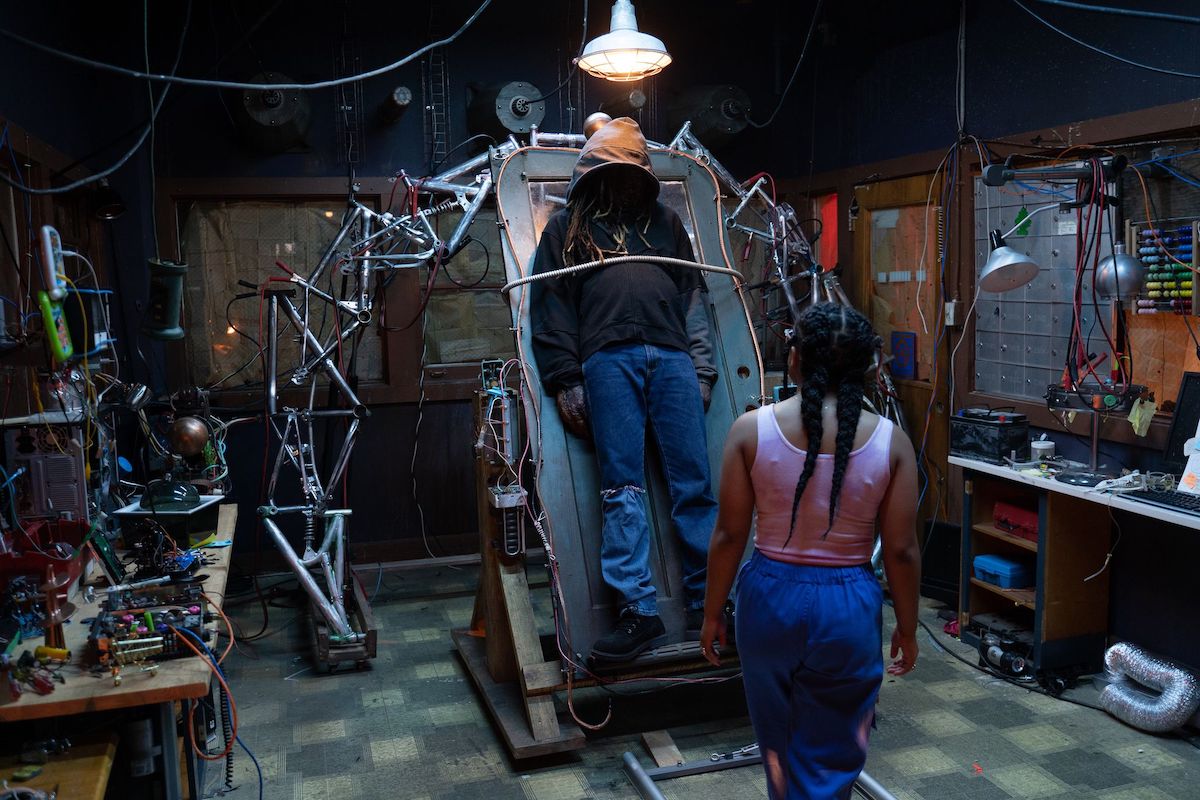
However, an attack by the resuscitated Chris on another young man (Jeremy DeCarlos), as well as an incident with some missing drugs, brings Vicaria to the attention of gang leader Kango (Denzel Whitaker), who tries to force her to put her science skills to work in his rather different lab. Meanwhile, Chris is still at large, and you can’t keep a growling, lumbering, easily enraged creature quiet for long…
The narrative framework of The Angry Black Girl is thus simple: a girl brings her brother back from the dead, and her no-longer-dead brother becomes an all-too-alive threat—but Story, his cast, and cinematographer Daphne Qin Wu hangs on it some engaging characterisations, some well-staged and shot scenes, and a lot of points about race.
It’s the last element that doesn’t always work—not because they’re invalid points, but because they often have nothing to do with the rest of the film. Some of them, certainly, are effective in establishing milieu and character: even small kids in Vicaria’s neighbourhood tentatively kick a police car that’s parked near their homes, and when she’s asked if she’s smart because she goes to a “white school”, she replies “the white school is smart because I go there.” The recitation of Black female inventors, similarly, serves to illustrate the company in which Vicaria should be regarded (or wants to be regarded).
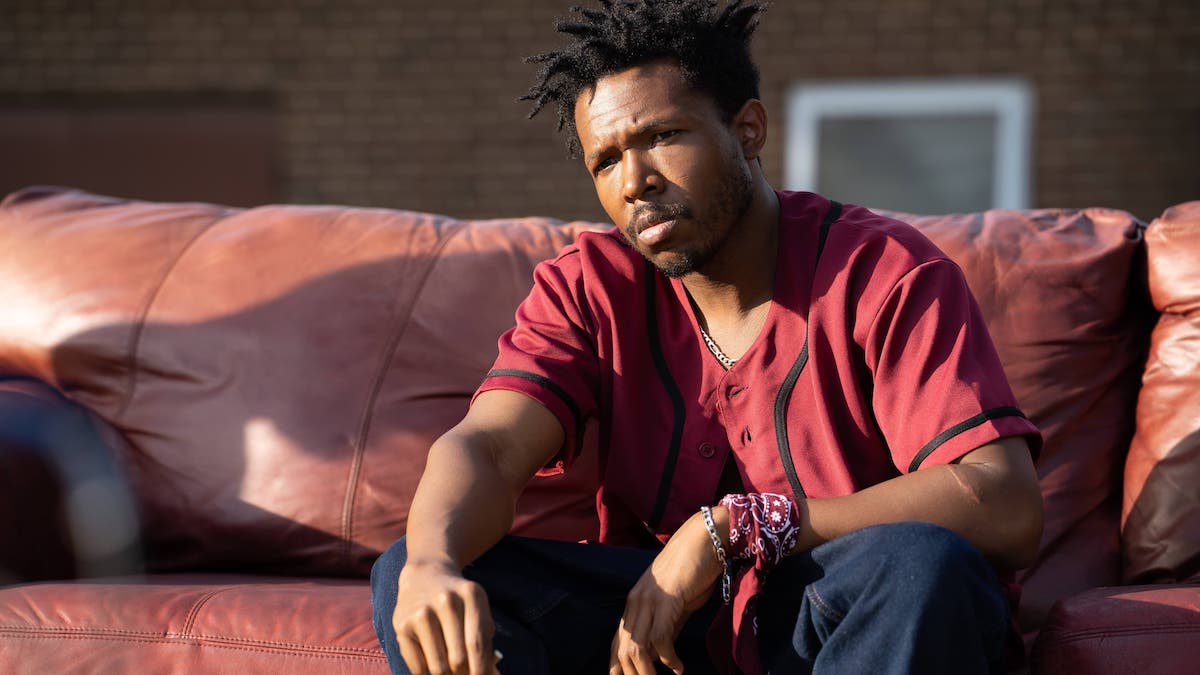
But didactic addresses on the relative merits of Christopher Columbus and Malcolm X, a stilted and info-dumping dinner-table conversation about race, or the hyperbolic hint in a conversation between Vicaria and Kango that white people are to blame for death itself, seem to add nothing to the central tale. Unless, of course, Story sees the movie as being primarily about teacher Mrs Kempe’s attempts to suppress Vicaria’s scientific imagination.
If so, then these passages certainly tie in thematically, but that in turn makes the whole Frankenstein-inspired ‘nobly-motivated-experiment-gone-horribly-wrong’ concept a bit of a narrative misfit itself. Not least because it would somewhat vindicate Mrs Kempe’s scepticism.
In any case, the effect is jarring, just as it is when a boy of about eight (Ellis Hobbs IV) says “Life is cheap, you know that.” It’s credible he would have this belief, but not plausible he would express it in those succinct terms. Or when a cop refuses information at a local home and goes away without even insisting the door is opened to him.
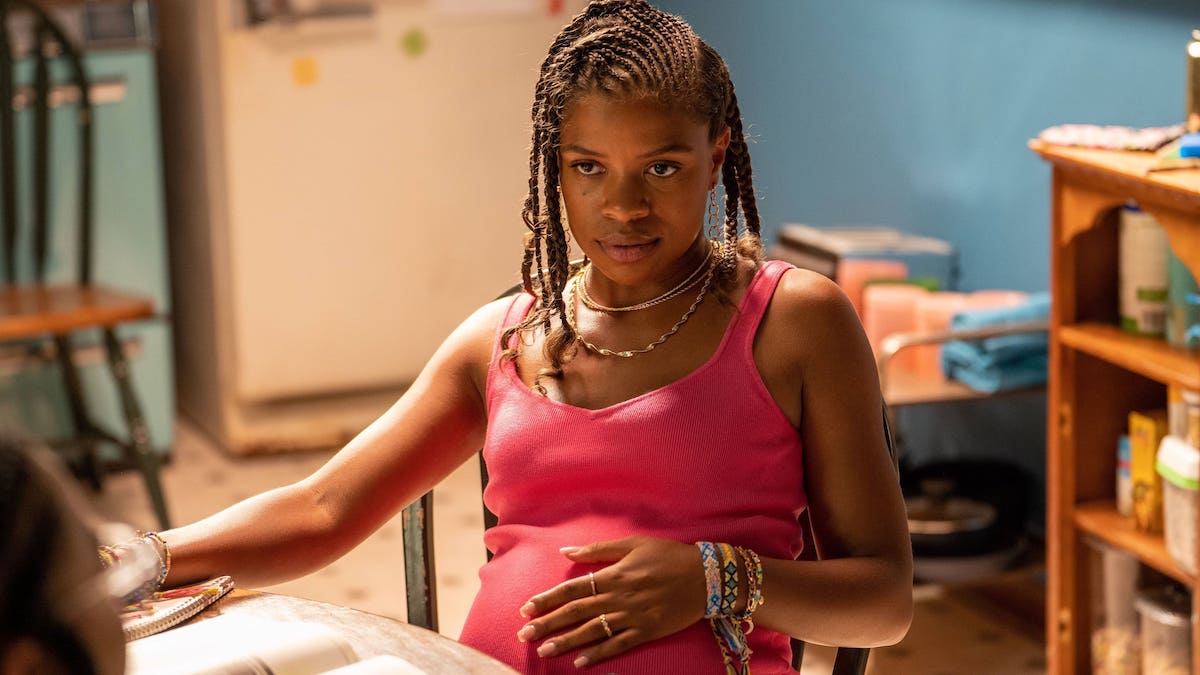
It’s almost as if the movie feels obliged to include these elements that relate Vicaria’s story to the real world but can’t be bothered to make them remotely realistic or to fold them organically into the rest of the narrative. Indeed, one occasionally wonders whether Story might be satirising the tendency to conduct social or political criticism in horror—it’s noticeable that that clunky dinner-table conversation about race is followed immediately by a jocular family chat which feels so realistic it could be improvised and perhaps was.
These issues with the film are strange and a little distracting rather than seriously damaging, however, and there’s a great deal to like here. The movie is much more about the angry Black girl and the people in her life than the monster himself—in fact, we don’t see much of Chris—and Hayes gives a fine performance, full of sass and confidence but not without vulnerability. (Is that crazed cackling or girlish laughter we hear from the lab?) Let’s hope she does more horror.
Amani Summer is terrific, too, as a much younger girl, and Reilly Brooke Stith as a young woman, while Chad L. Coleman (who’ll be familiar to many from The Walking Dead and The Wire) cuts a believably tragic figure as Vicaria’s father.
Cinematography and direction, meanwhile, are far above the level of many low-budget horrors. Most of The Angry Black Girl is certainly more straightforwardly shot than its almost dream-like beginning, but there’s a great deal of effective creativity in evidence: good use of slo-mo, a gunshot from a still frame, a well-edited sequence where Vicaria remembers a death, and most of all the immensely powerful image of a dying boy’s face, gradually intensifying from close-up to extreme close-up until only his nose and eye are visible.
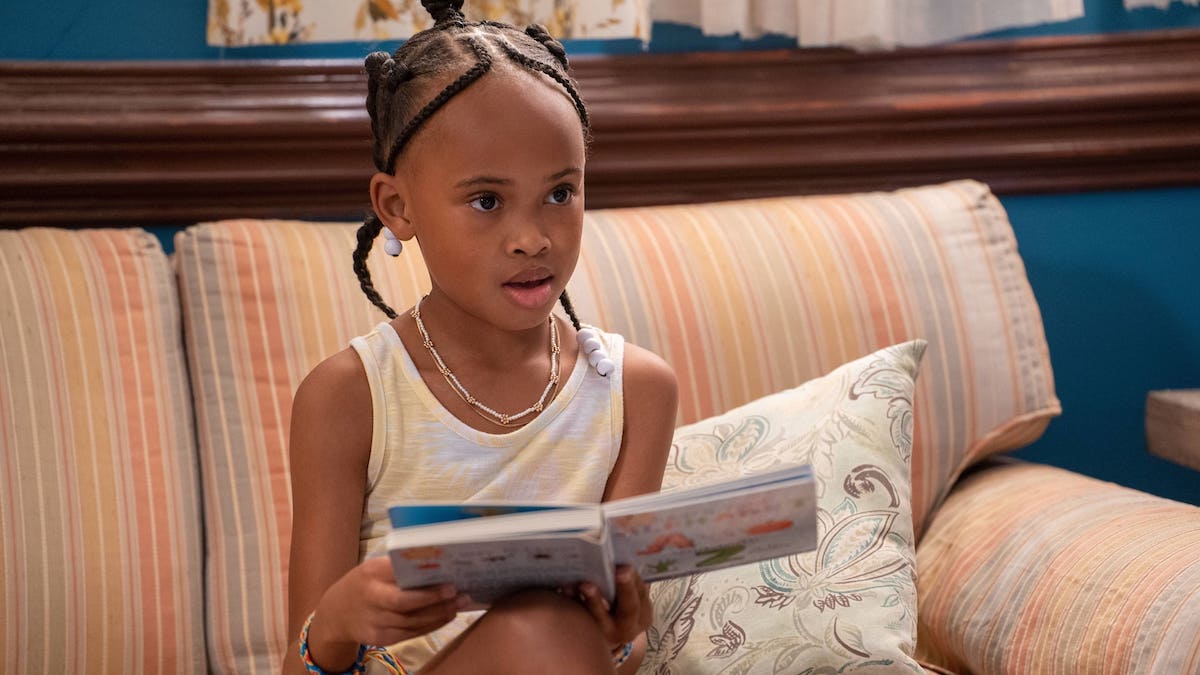
Other highlights include a brilliantly-timed scene where it’s slowly revealed that Chris is hiding behind a wall; a good jump scare; and a longer nightmare sequence. The film as a whole lurches abruptly from a leisurely pace into a more action-packed final act, and the important revelation that a gang member (Keith Holliday) has seen the monster Chris is a bit rushed, but for the most part the small-scale timing of The Angry Black Girl is spot-on and Story’s control of it is a major factor in the success of individual sections.
Near the end, The Angry Black Girl returns to its bigger themes with Vicaria’s suggestion that Chris acted like a monster because he was treated like one. I’m not sure this stands up because nobody has much of a chance to treat him like anything before he attacks them, while Vicaria’s hand in creating the monster is conveniently overlooked. Surely she must carry a large part of the blame? It’s another example of the movie imposing ideas that don’t fit with the storyline.
Some have seen the character of Chris as representing the stereotypical white perception of a threatening Black man, and that’s persuasive up to a point, but it’s difficult to know whether this was the intention. What, if anything, Story means to say with the film is either muddled or imperfectly communicated.
Perhaps, though, he’s simply throwing ideas out there to see what resonates rather than trying to construct an argument. And in any case, so much else in The Angry Black Girl is done with such flair and craftsmanship that it’s easy enough to overlook the occasional rhetoric bombs. Even if some of The Angry Black Girl’s lecturing is questionable, it’s more fun than the awful Mrs Kempe’s.
USA | 2023 | 91 MINUTES | 2.39:1 | COLOUR | ENGLISH

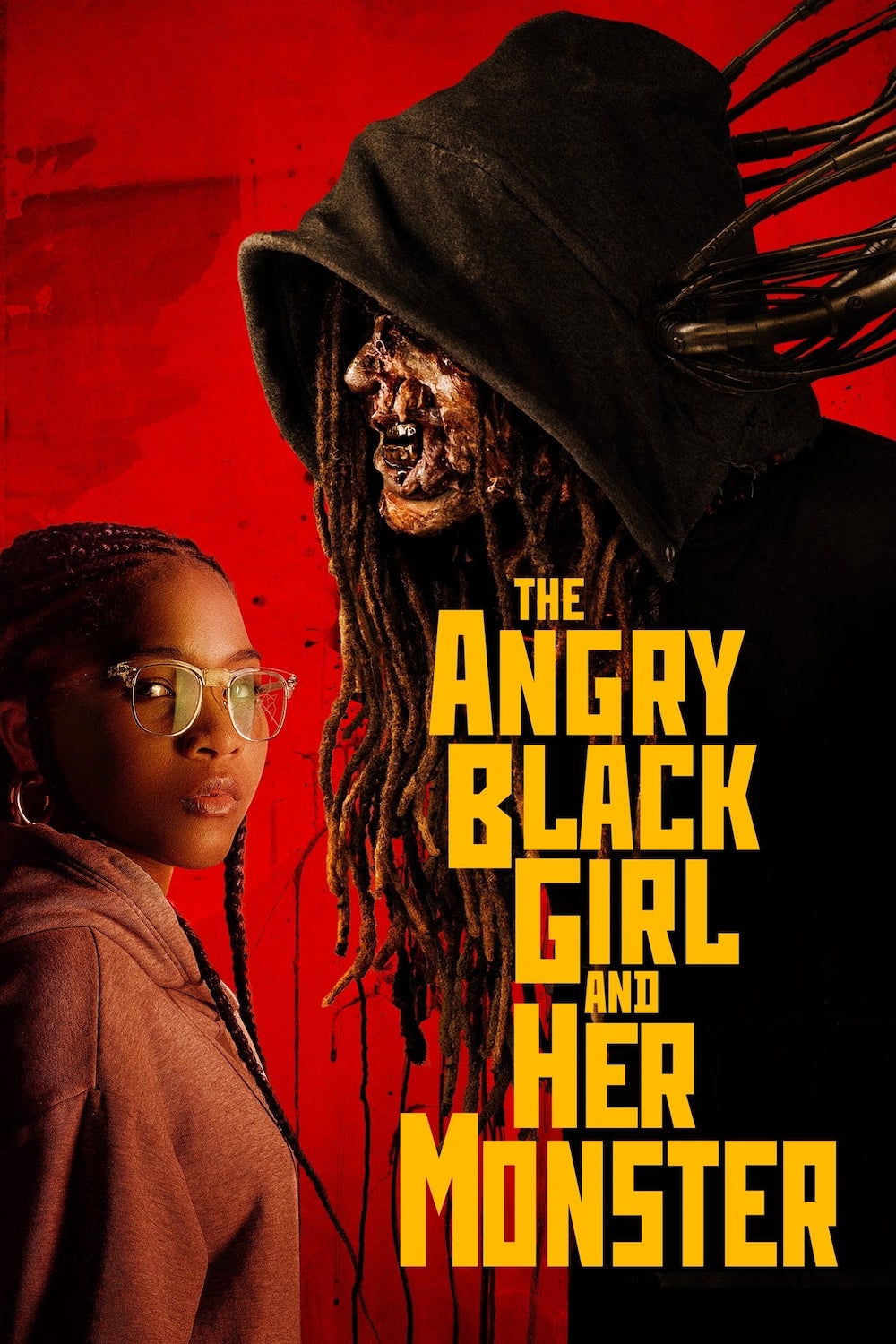
writer & director: Bomani J. Story.
starring: Laya DeLeon Hayes, Denzel Whitaker, Chad L. Coleman & Reilly Brooke Stith.
